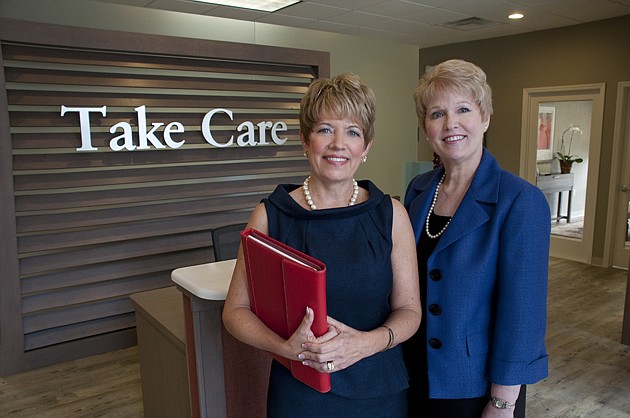- November 25, 2024
-
-
Loading

Loading

Take Care Home Health Care, with clients in three Gulf Coast counties, faced a critical crossroads in how it hires people in 2009.
The growing need for home-based elderly care services fostered a sharp sense of urgency at the firm, then with about 80 full-time employees and 300 part-time caregivers.
The responses to those issues were so thorough, however, it reshaped several aspects of the business, from hiring to employee retention to how managers communicate. The responses also led Take Care to redo nearly every back office part of the business — a $285,000 overhaul that included a new phone system, desks and chairs.
Sarasota-based Take Care had $16 million in 2011 revenues, up 1.6% from $15.75 million in 2010. The firm now has 90 full-time employees and about 500 part-time. “We've definitely seen an increase in business and demand for services,” says Take Care owner and Executive Administrator Sue Wise. “We want to meet the demand and be prepared for it.”
That preparation began in late 2009, when the firm hired Mary Pedersen to run the human resources department. Pedersen previously worked in human resources for a large New York technology firm.
Pedersen created a uniform system for interview questions, references and background checks. Many Take Care employees, from certified nursing assistants to licensed practical nurses, spend a good deal of time at clients' homes, so references and checks are integral.
Founded in 1995, the firm took those steps in the past, but the system wasn't always consistent. Now, says Pedersen: “Our process is fantastic.”
Still, Wise and Pedersen say the hiring system would be counterproductive without a retention program to match it. The firm's retention has been high in the past, but it's something Wise always watches closely, given the transient nature of employees in the home health care industry.
Pedersen set up weekly one-on-one meetings between managers and new employees. The company also launched a Friday breakfast-lunch to lure employees, especially ones who spend most of their time in the field, into the office. The free meals are held on the first Friday of each month.
The next step to aid employee retention, says Wise, was the formation of a leadership team of top managers from each department. The team meets twice a month, with a focus on making things more efficient, and in turn, better, for all employees.
It was in those meetings the firm decided to spend $35,000 on a new Cisco Voice-over-Internet Protocol phone system and other technology upgrades for employee's workstations. That's also where Take Care decided to renovate its headquarters, a project that included a new training center.
“The remodel exceeded our expectations,” says Wise. “Our employees feel pride since we invested in them and at a time when companies were tightening their budgets, letting go or cutting salaries.”